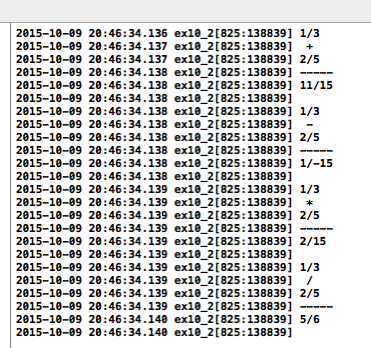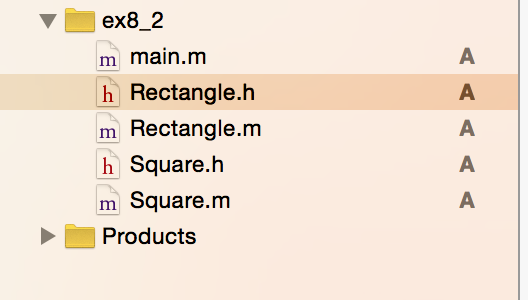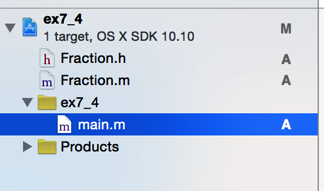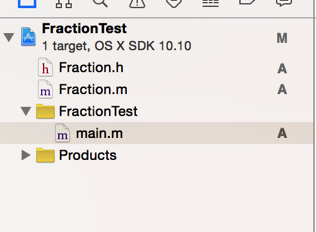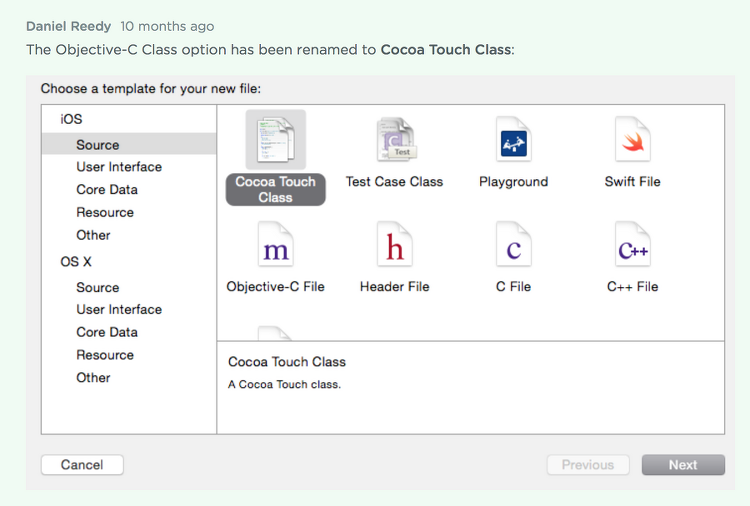카테고리에 대한 전반적 설명 : http://soooprmx.com/wp/archives/2436 카테고리는 한 클래스를 확장할때 자식 클래스를 생성하지않고도 확장할수있는 방법이다. 다음과 같이 Fraction 클래스가 있을 때 add, mul, sub, div 메소드를 더 추가하고 싶다면 다음과 같이 하면된다. 아래 예제를 보면 앞쪽에 Fraction 클래스를 명시하고 (카테고리명)을 추가시켜주면 된다. #import #import "Fraction.h" @interface Fraction (MathOps) -(Fraction *)add:(Fraction *)f; -(Fraction *)mul:(Fraction *)f; -(Fraction *)sub:(Fraction *)f; -(Fraction *)d..
